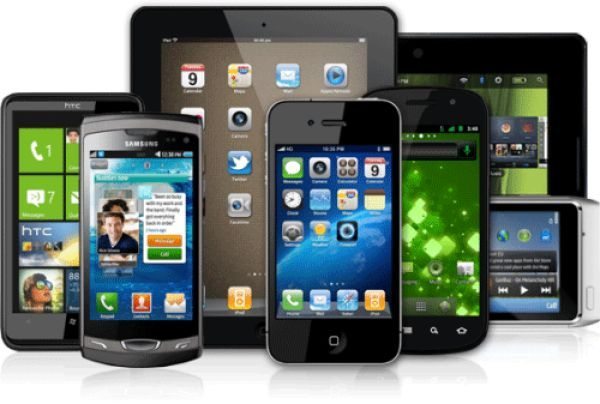Over half of all Americans now own smartphones. What were once devices for the tech-savvy among us are now ubiquitous, and many people would be lost without the constant access and number of advantages their smartphones provide! The accessibility of mobile technology is so widespread that the industry shows no signs of slowing development or product releases in the near future.
And, while phones are the most common devices for mobile communication, tablets are starting to see increased popularity as well. This is presenting new obstacles for businesses that provide IT support, and they will likely need to adopt new practices to accommodate the proliferation of smartphones and tablets that are seeing increased use in the business arena. Read on to learn how these forms of technology might impact your IT support requirements.
Cloud Sharing
One way that smartphones and tablets share information is through a “cloud,” which is a format of wireless data transfer. The communication between devices that are sharing data presents a need for increased protection for what is being shared. Data can be lost permanently if it is not backed up, and it can also be accessed by third parties or hackers, which you definitely don’t want.
This example presents the need for increased encryption and data protection strategies. If your business uses the cloud format to share data, you’ll need to ensure that this information is backed up on a secure server. Many companies offer this service nowadays, so it’s worth taking a look at which one can best suit your needs if you anticipate needing this type of protection.
Mobile Viewing
The widespread use of smartphones and tablets presents a new format of accessing the Internet. Websites that are not optimized for viewing on these devices can often be difficult to navigate and present an extra challenge for visitors who might want to access your content. You’ll want to accommodate the smartphone population by creating a version of your site that is enhanced for mobile viewing in order to ensure that everyone can effectively access your information. You don’t want to miss an opportunity to connect with potential customers because you have an outdated website.
Mobile Device Management
Whether your company is providing smartphones and tablets to employees or permitting them to use their own for work purposes, it’s likely that you’ll need to incorporate some form of Mobile Device Management into the equation. Essentially, Mobile Device Management is a platform for organizing and operating employees’ usage of work phones by moderating data, determining access, and configuring data transfer.
This type of service can include security measures, as outlined in the paragraph above, but it is more likely to provide comprehensive management strategies to keep data secure and ensure that employees are not wasting costly data transfer by using the phones and tablets for purposes that they shouldn’t be. This type of monitoring is typically outsourced to companies that offer the service, but it may become a necessary investment when the use of the devices begins flooding your office.
It’s clear that smartphones and tablets won’t be going away for many years to come. While this can present some challenges to your business, they can easily be adapted to end up benefiting you in the long run. If you’re currently looking for IT support solutions, consider your needs and think about hiring a Mobile Device Management company to moderate your employees’ smartphones.
Additionally, ensure that your website is accessible to outside customers by programming a site that is optimized for viewing on a mobile device. Having these elements in place can help you move fluidly between technologies and will prepare you for future changes that you may encounter.
